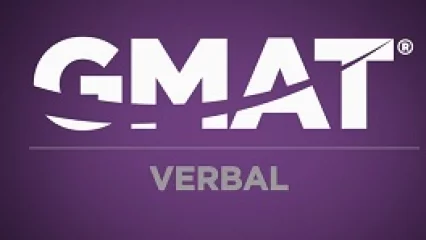Errors in GMAT Sentence Correction questions are often very hard to identify. Getting rid of extra information can often work wonders for finding these errors. However, it doesn’t always work. Sometimes the error is in the extra information and sometimes you just don’t have time to plug in and reword each answer choice. This is why it’s good to have another trick on hand when you can’t find the error – use the answer choices. In every problem there will be differences between the correct answer and the rest of the choices. By simply identifying these differences, you can locate potential errors. Here is an example question:
Visitors to the park have often looked up into the leafy canopy and saw monkeys sleeping on the branches, whose arms and legs hang like socks on a clothesline.
- saw monkeys sleeping on the branches, whose arms and legs hang
- saw monkeys sleeping on the branches, whose arms and legs were hanging
- saw monkeys sleeping on the branches, with arms and legs hanging
- seen monkeys sleeping on the branches, with arms and legs hanging
- seen monkeys sleeping on the branches, whose arms and legs have hung
If we look at the sentence carefully, we can identify 3 major differences – saw vs. seen, whose vs. with, and hang vs. were hanging vs. have hung. The first difference that we notice is saw versus seen. Saw stands for past tense and seen for perfect tenses. So, which do we want? The subject of the sentence, Visitors, have looked into the canopy. That’s present perfect. These same visitors then proceed to see the monkeys. The visitors are doing two actions at the same time – looking and seeing. This means we want these two verbs to be parallel – have looked and seen. So, while the issue with saw may not have been immediately obvious, noticing the difference between saw and seen gives you a hint as to what might be going on in this sentence. After we eliminate some of the answer choices based on this difference, we must continue to evaluate all other differences in the sentence until we reach a conclusion for the right answer choice.
Check out: How to Approach Hard GMAT Verbal Questions
A quick caution – oftentimes test makers will put trap differences or differences that don’t matter into the Sentence Correction question to catch test takers who are using this strategy. So if you notice a difference that seems overly complicated or that you don’t know what to do with, look for one that you do. Some good relatively easy errors to target are switches between singular and plural, which indicate an agreement error; changes in verb tense, which pretty obviously indicate a tense error; changes from verb to noun to adjective which can often indicate a parallelism error, and big sentence rearrangements, which frequently indicate a modifier error.
Check out: Sentence Correction Is More than Just Grammar (Video)


